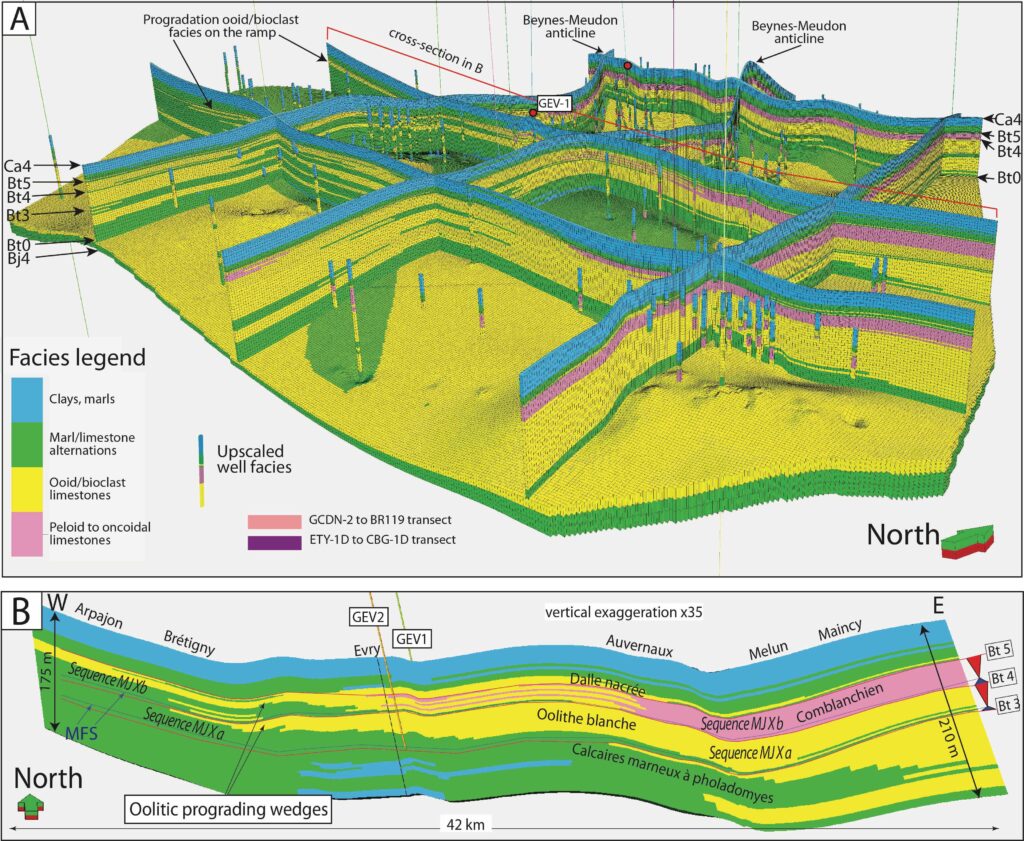Check out our recent research on automated petrographic image analysis using supervised and unsupervised machine learning methods.
Azzam, F., Blaise, T., & Brigaud, B. (2024). Automated petrographic image analysis by supervised and unsupervised machine learning methods. Sedimentologika, 2(2). https://doi.org/10.57035/journals/sdk.2024.e22.1594
This study explores the application of machine learning techniques to automate and enhance petrographic workflows, focusing on grain segmentation and feature extraction. We present two novel software tools: GrainSight, which utilizes a supervised deep learning model (FastSAM) for automated grain detection and morphological characterization; and PetroSeg, which employs an unsupervised segmentation approach to explore rock properties and calculate porosity.
GrainSight application significantly improves efficiency and accuracy compared to manual methods. The FastSam model enables rapid and accurate grain detection and extraction of morphological features, which can provide insights into depositional environments, sediment routing systems, and reservoir quality.
PetroSeg, on the other hand, offers an exploratory approach for porosity quantification, identification of mineral associations, and characterization of textural domains.
Both methods offer unique advantages and demonstrate the potential of machine learning in petrographic analysis. Utilizing these tools has the potential to greatly enhance efficiency, objectivity, and data processing, thereby enabling new opportunities for teaching, research, and applications across multiple geological fields. The code of the two applications, GrainSight and PetroSeg, is open-source, available on GitHub and data.gouv.fr.
Grainsight : https://www.data.gouv.fr/fr/datasets/grainsight/







 orcid.org/0000-0001-6961-2177
orcid.org/0000-0001-6961-2177